One of the summer’s most exciting celestial events will happen on July 30. A rare double meteor shower with fire balls will be seen from both the Northern and Southern Hemispheres.
Although the two meteor showers are technically different events, they will occur at the same time, illuminating the night sky.
What Is a Meteor Shower?

A meteor is a space rock that enters into Earth’s atmosphere and bits of comet debris create streaks of light in the night sky that burn up before ever reaching land.
On any night, there can be any number of small meteors that can shoot across the sky. However, during a meteor shower, tens to hundreds of meteors can be seen each hour.
What Are the Meteor Showers?
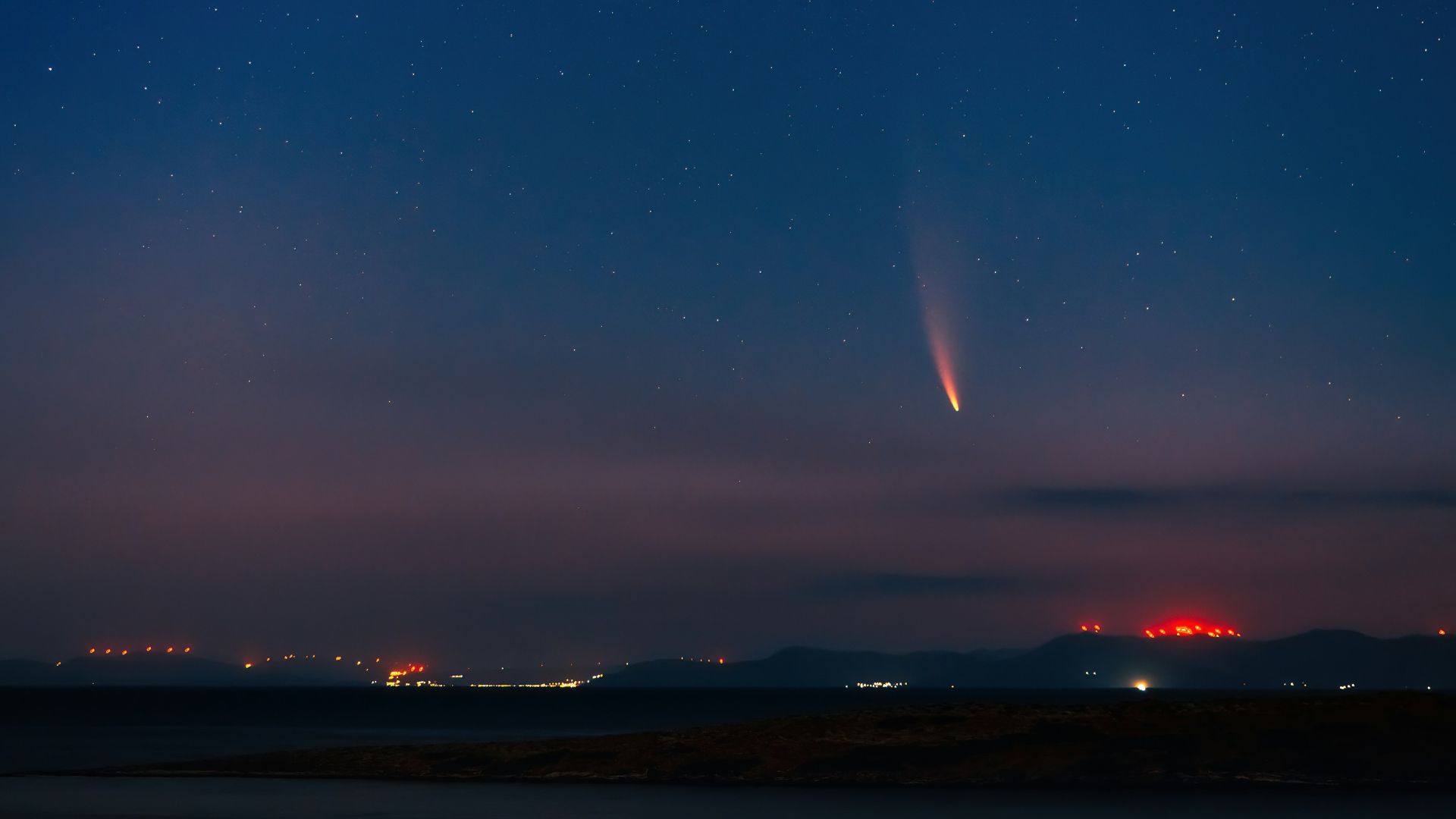
The two meteor showers are the Southern Delta Aquariids and the Alpha Capricornid and are named as such because they appear to radiate from their adjoining constellations.
They are scheduled to peak around the same time on Tuesday evening, creating a spectacular light show known as a fireballs.
When Can It Be Seen?
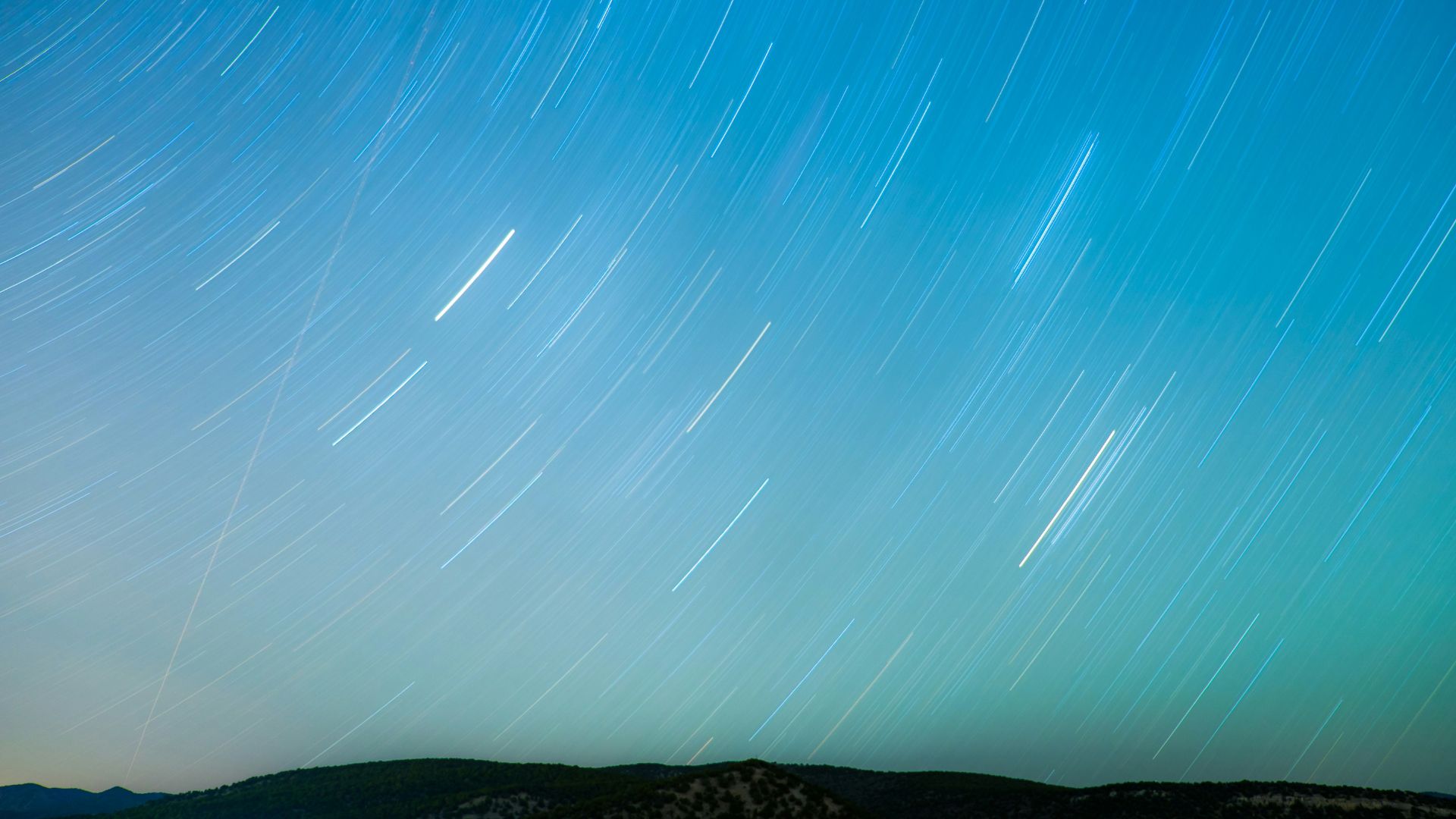
The best time to see the double event meteor shower is between 2 a.m. and 4a.m local time.
Nick Moskovitz, a planetary astronomer at the Lowell Observatory in Arizona said in a press conference in anticipation of the event.
Where to See the Double Meteor Shower
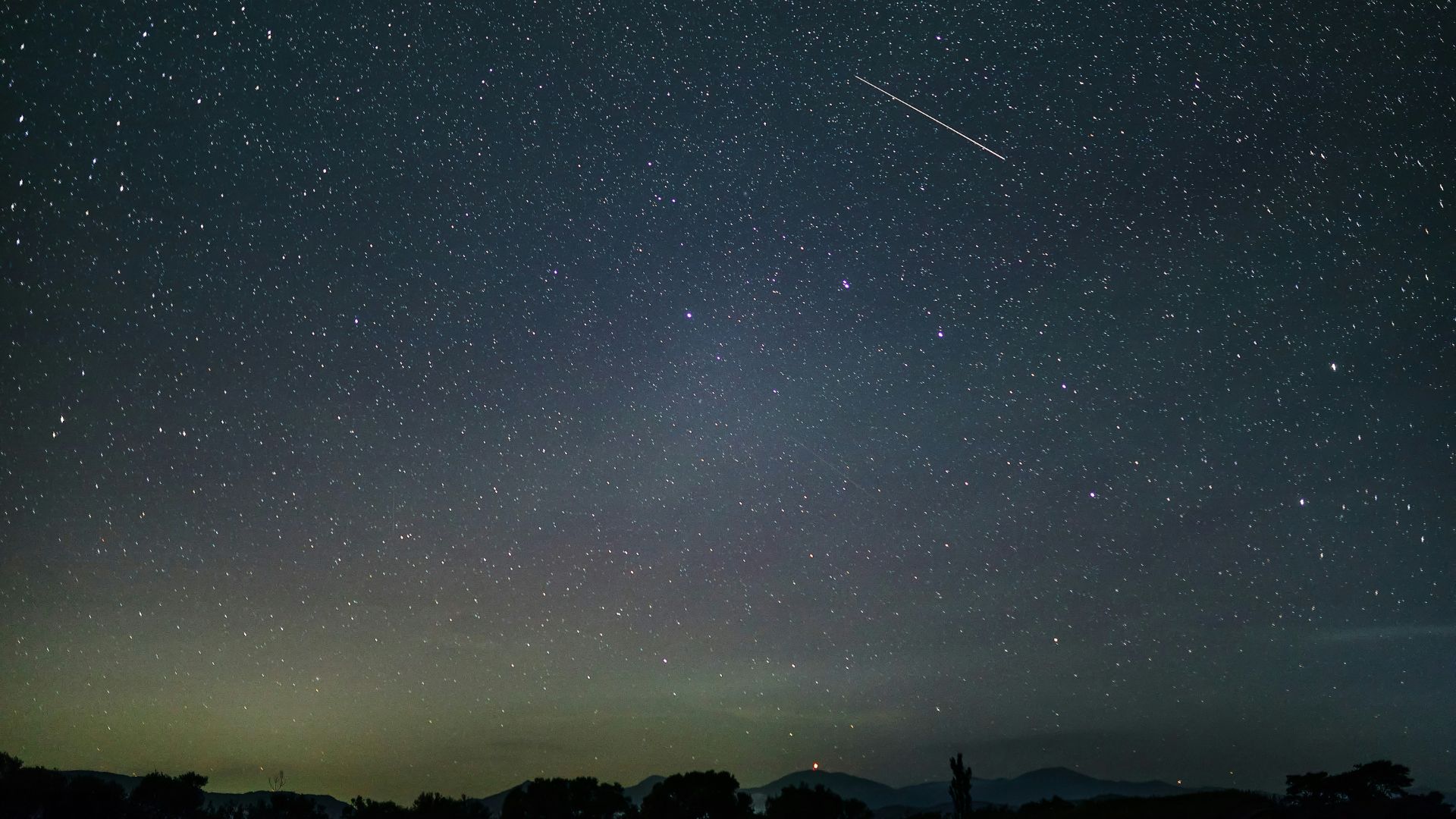
Although the light show will be most visible from the Southern Hemisphere, people in the Northern Hemisphere can still enjoy the show if they know where to look.
All 50 states will have a clear night tonight to be able to try and spot the rare space occurrence.
Find the Event in the U.S.

Moskovitz recommends finding a spot where you have a clear view of the southern horizon in the United States. As well, consider taking a snack and driving out of the city to avoid the massive amounts of light pollution visible in most densely populated areas.
“If you’re looking to the southern sky from the US, what you’ll see is meteors heading to the north, the east, and the west from the southern hemisphere,” Moskovitz said.
Where To See it In the Southern Hemisphere
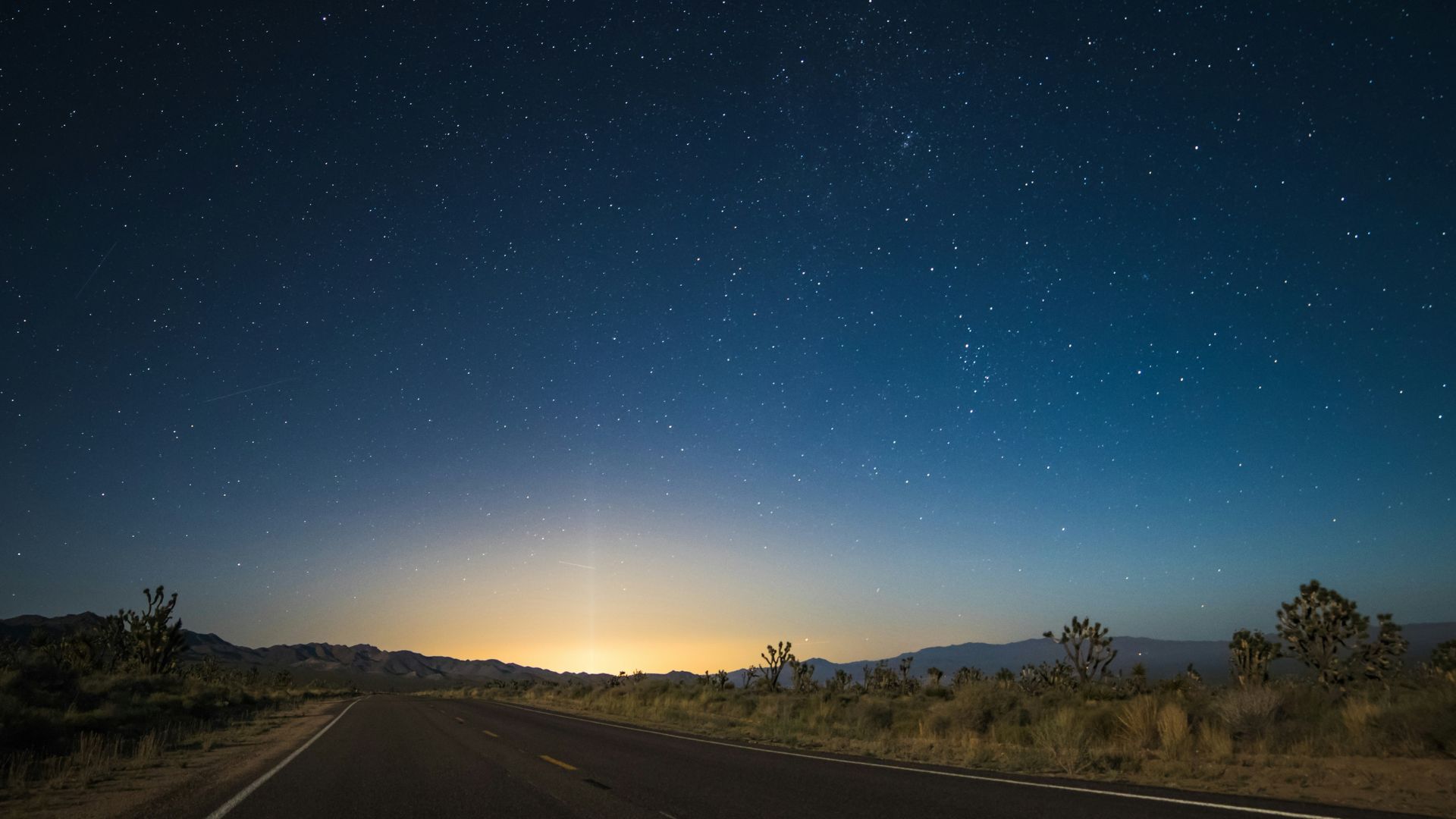
Anyone in the Southern Hemisphere can see the meteors overhead because that’s where the constellations will be peaking.
Anywhere in Oceana and South America will be able to see hundreds of meteors per hour as they streak across the sky.
Don’t Rush the Process
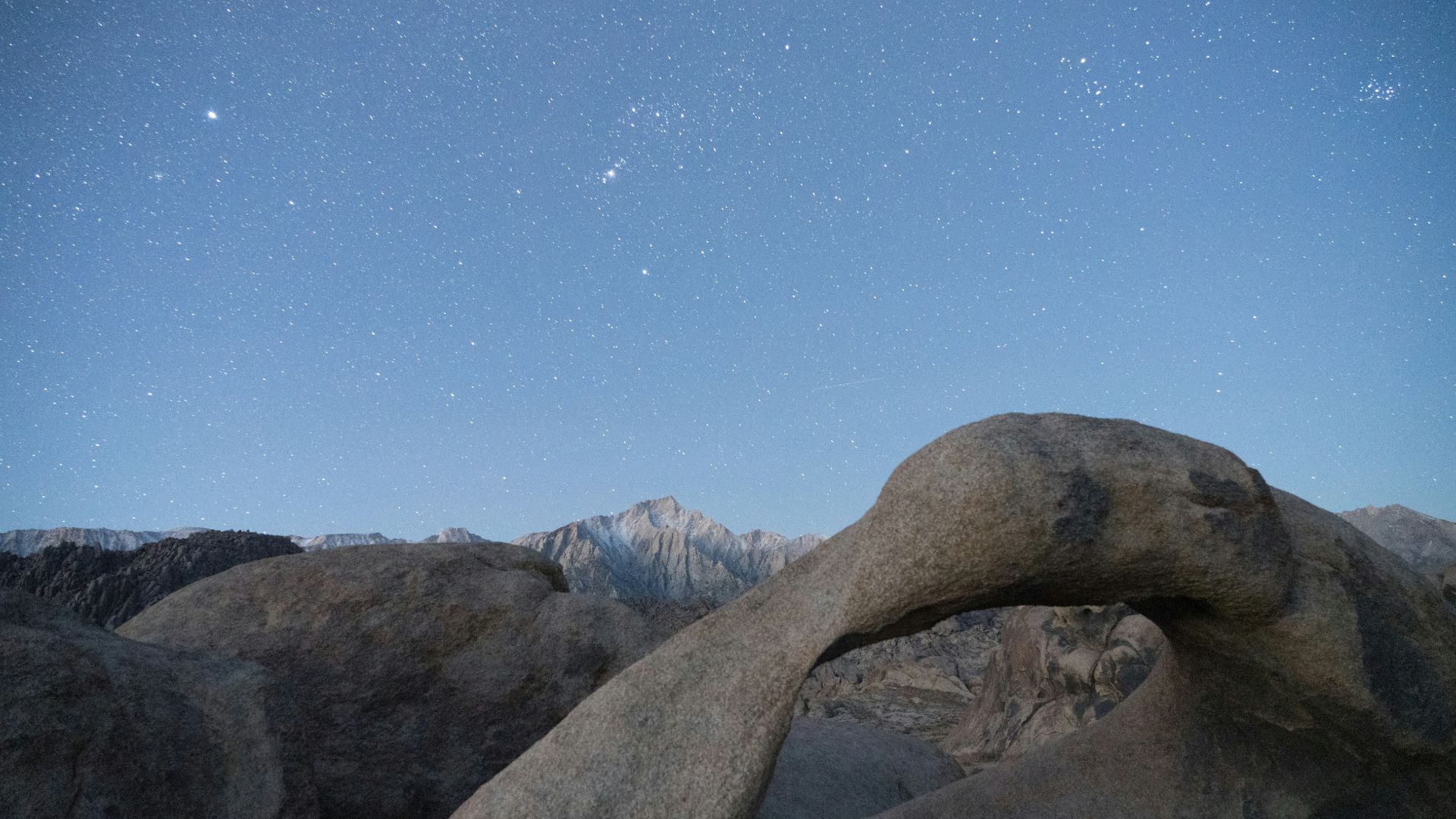
Moskovitz also notes that many people go outside for five minutes, get disappointed, and go back inside.
The astronomer says that viewers will really need about fifteen minutes for their eyes to adjust to the dark of night before the meteors will become visible to them. He says “You got to find the site, you got to get comfortable and wait.”
A Double Event Worth Waiting For
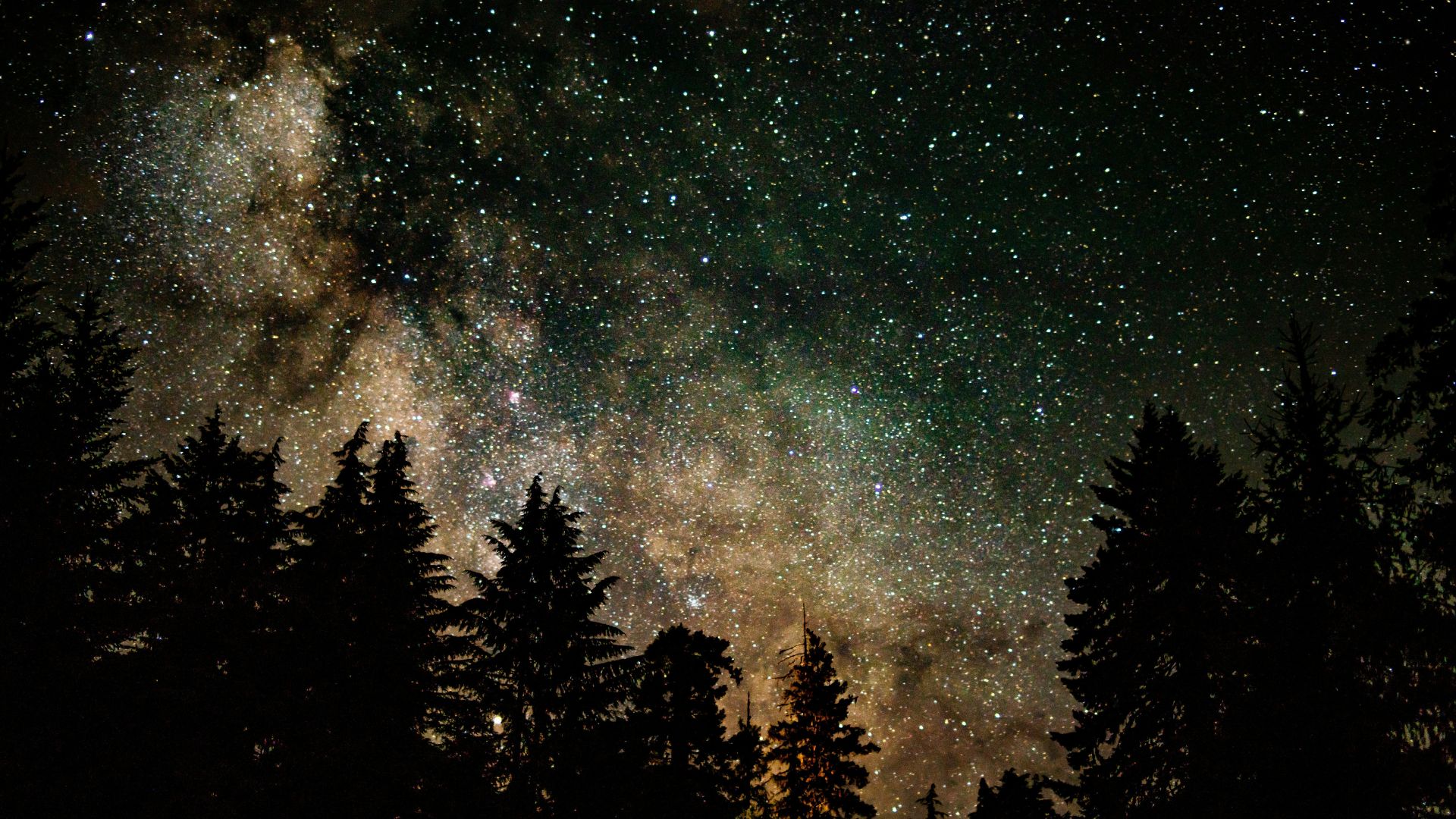
The Southern Delta Aquariids and the Alpha Capricornids meteor showers are much less spectacular on their own and appear a bit smaller than other well known events like Perseids.
However, when the two showers join forces, they create a much better chance to see a dazzling light show.
Tuesday Night Is the Best Opportunity
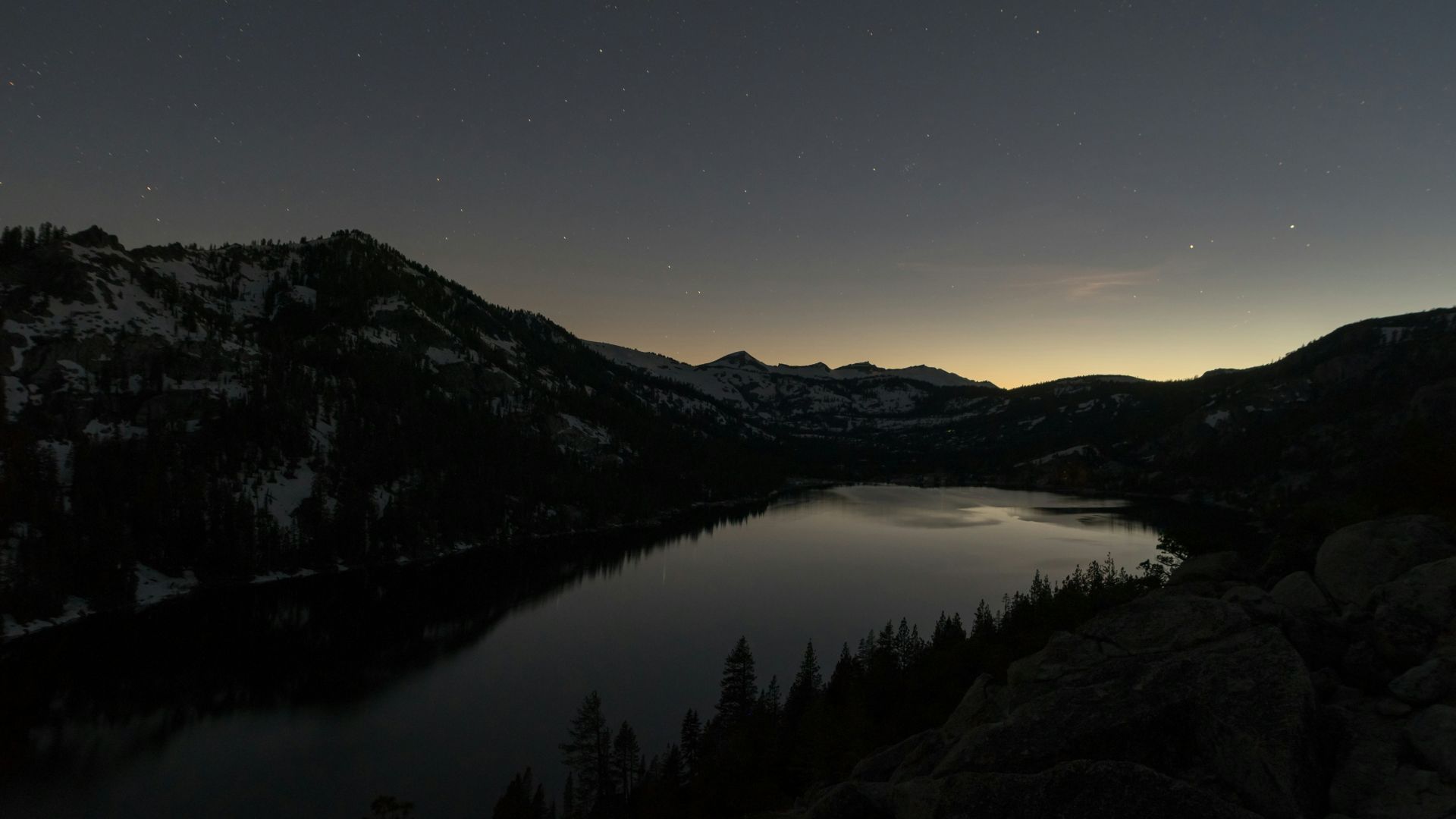
Although the shower will technically occur for a few days, Tuesday night will be the best opportunity to see the show.
During the peak of the shower, the Southern Delta Aquariids can create about 25 shooting stars per hour and the Alpha Capricornids can produce around five per hour.
Shooting Fireballs
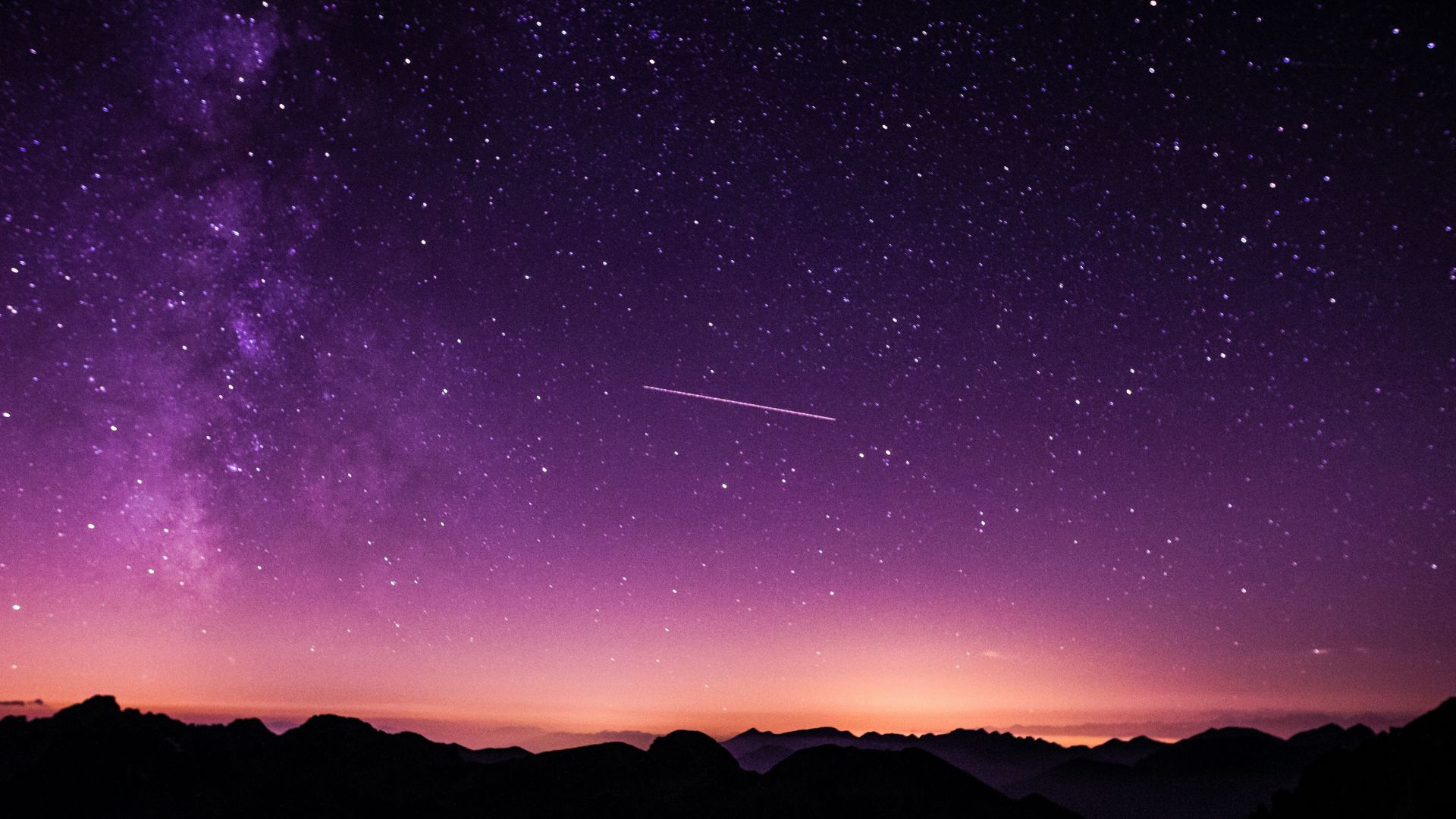
Although the Aquariids meteors are usually faint and small, the Capricornids can produce massive fireballs – a kind of ultra-bright shooting star.
The showers usually peak at the end of July every year, but they usually don’t coincide on the same night. This year makes a very special exception.
Similar to Bugs on a Windshield
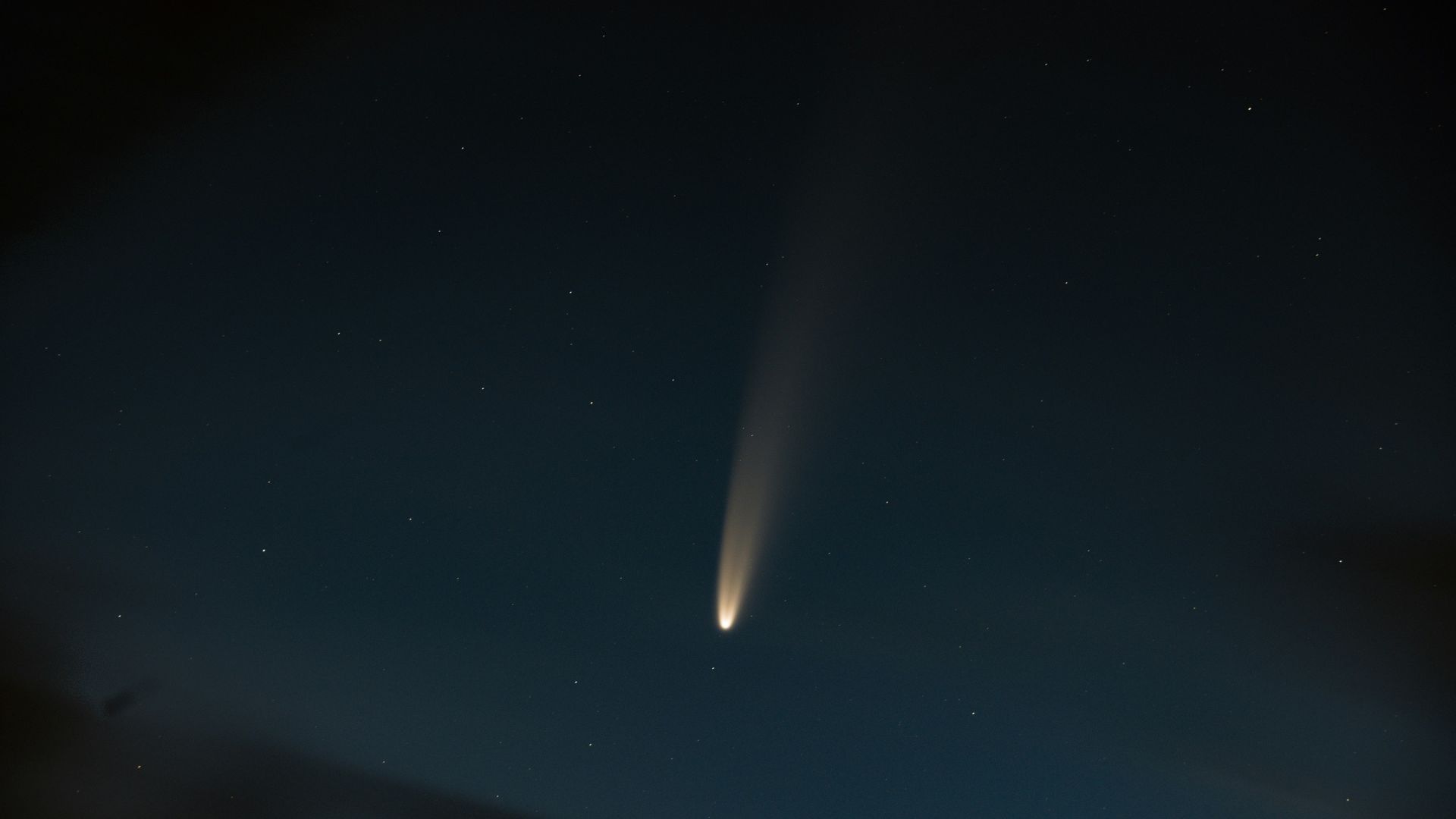
Moskovitz notes that Earth regularly passes through clouds of dirt, ice, and dust left over from comets whizzing through the solar system. It’s very similar to driving through a massive super highway.
The debris get’s stuck inside of Earth’s atmosphere like bugs smacking your windshield when driving. The double event tomorrow will be a spectacular occasion and Moskovitz encourages everyone to get out and try to spot the meteors.








































